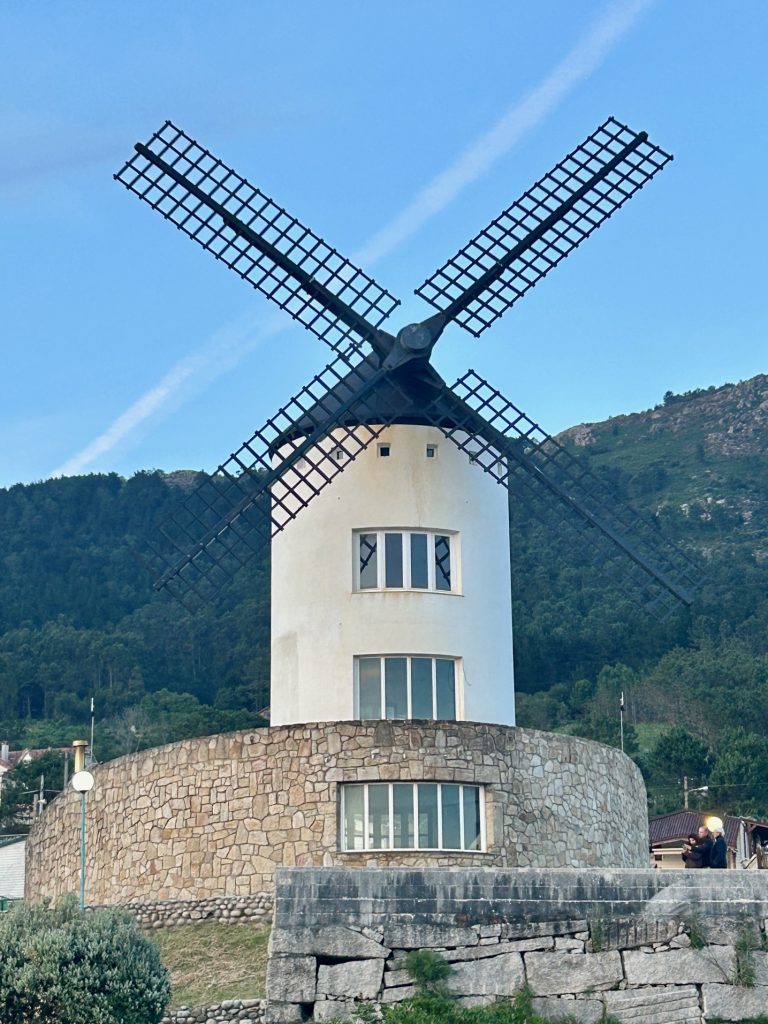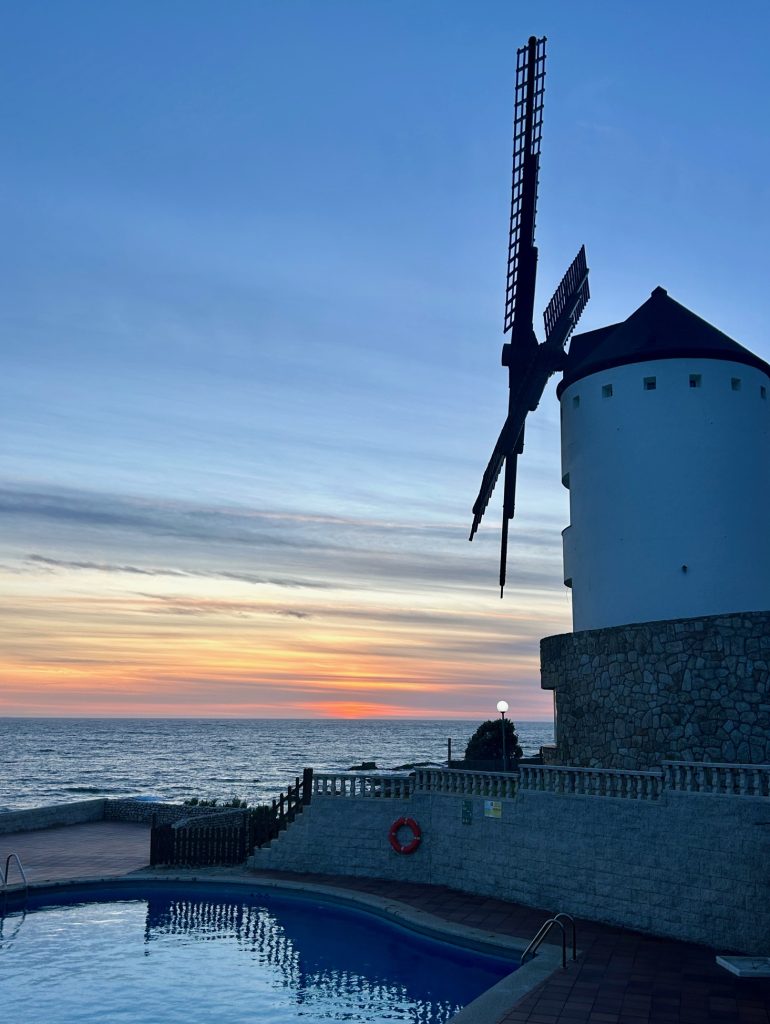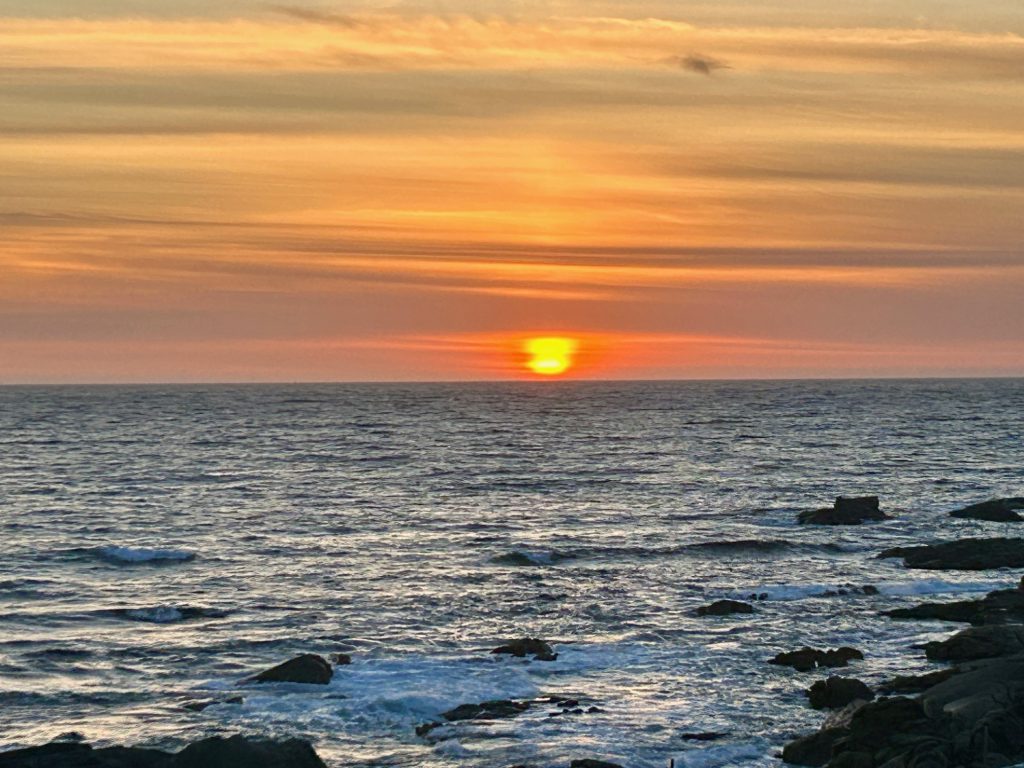We had missed the daily ferry across to A Guarda and so drove alongside the River Minho and crossed into Spain using the bridge at Vila Nova de Cerveira. It took a little over half an hour to reach A Guarda using this route.
Initially, we planned on staying in A Guarda for a couple of days (with a view to catching up on some chores) but the campsite proved a disappointment and so, after just the one night, we moved a few miles further up the coast to a superb campsite at Oia – Camping O Muino. It was just as good a base from which to visit the Galician towns of Baiona and Tui and the campsite had all the facilities we needed and more.
There was time enough for me to explore A Guarda (also known as La Guardia) before we moved on to Oia.
A Guarda has a strong fishing heritage but, as is the case with so many coastal towns in Spain, fishing is gradually giving way to tourism. The town’s once large deep sea fishing fleet is considerably reduced in size and it includes more coastal vessels where the focus is towards shellfish. That’s not so bad, with A Guarda having become very famous for it’s lobsters. Please don’t get me wrong; I’m not suggesting tourism is a problem in A Guarda. It strikes me as a very unspoiled authentic Spanish coastal town. Except for walkers and cyclists travelling the Portuguese Coastal Caminho to Santiago (the route takes these ‘pilgrims’ across the River Minho by ferry from Caminha in Portugal to A Guarda in Galicia and then on to Santiago) we saw nothing to suggest tourism will become a problem. Of course things might be different during the July-August holiday season.
Guided by Rachel Lugo’s travel blog ‘nuncasinviaje.com‘ (which I stumbled upon while browsing the internet) I was able to make the most of my short time in A Guarda. I didn’t see everything but I spent an enjoyable 2-3 hours wandering the town using her post as an impromptu travel guide. It is the ruins on the nearby hill of Monte De Santa Tecla (or Mount Santa Trega in Galician Spanish) which most excite me. The hill is just 341 metres high but it boasts some of the best views in the area and was once topped by an ancient (pre-Roman) hilltop settlement. The site has not been fully excavated but a section of circular stone houses on the way up suggests that the settlement once housed anything up to 5,000 people. At the very top of the hill is a restored hermitage and a network of paths and viewing points.
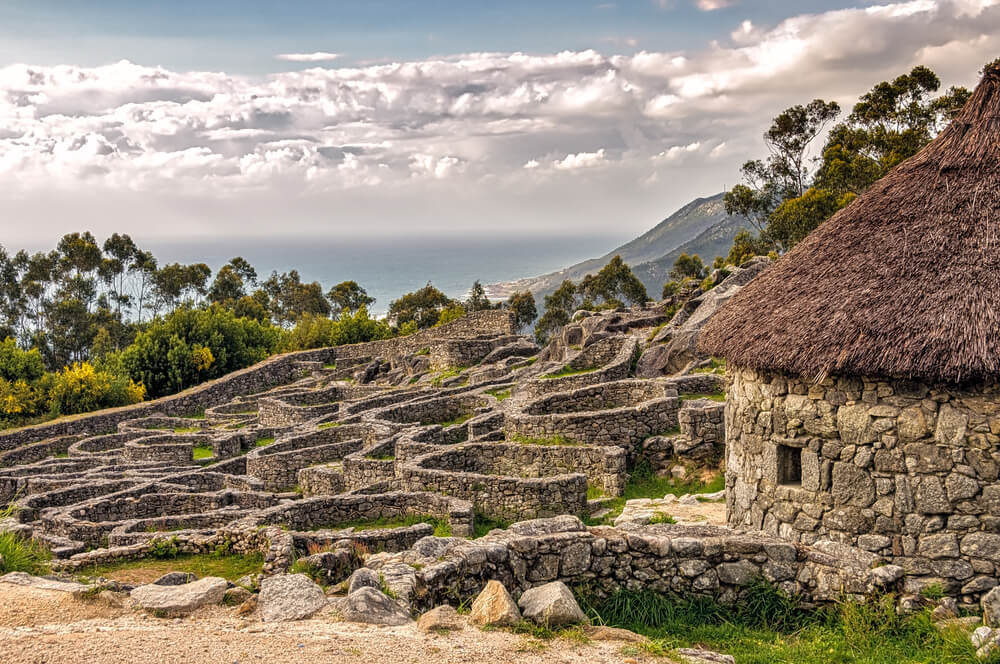
The remainder of my time in A Guarda began with a wander around the harbour area. Thereafter I sought out a couple of the better known churches in the town (the Igrexa Convento de San Bieito and the Igrexa Parroquail de Santa Maria) before walking north along the coast towards the Royal Monastery of Santa Maria de Oia.


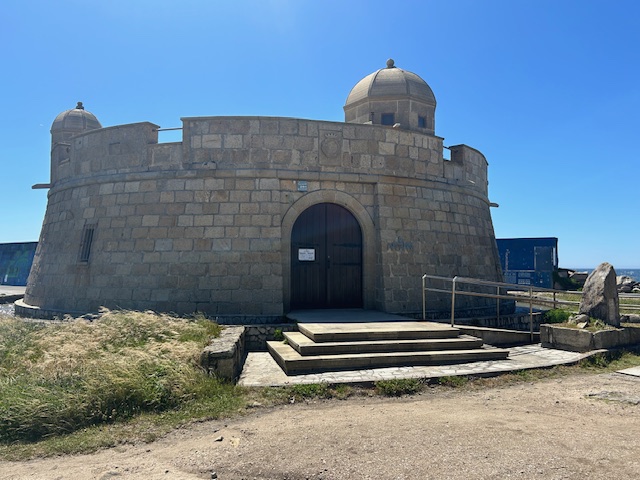
Built between 1558 and 1561, the Igrexa Convento de San Bieito on Saint Benedict’s Square was a Benedictine convent until 1984. Part of it has since been converted into a 2 star hotel and restaurant. I was able to gain access to the church but elected to give the hotel a miss…
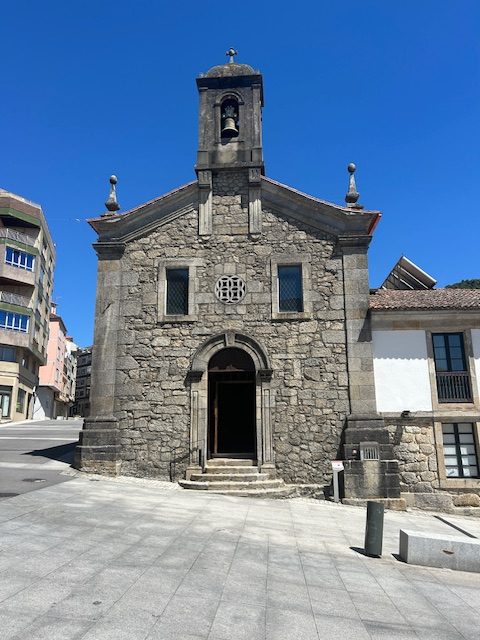


I was unable to gain access to the Church of Santa Maria da Guarda…
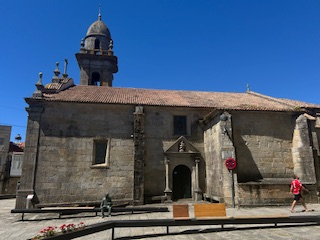
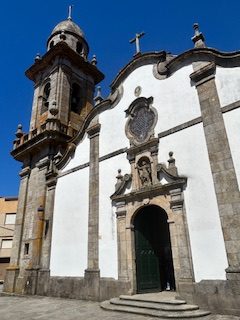
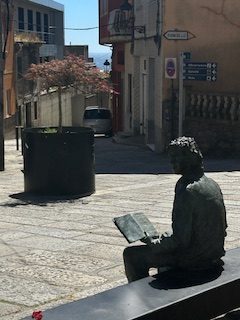
And neither was I able to enter the Royal Monastery of Santa Maria de Oia.
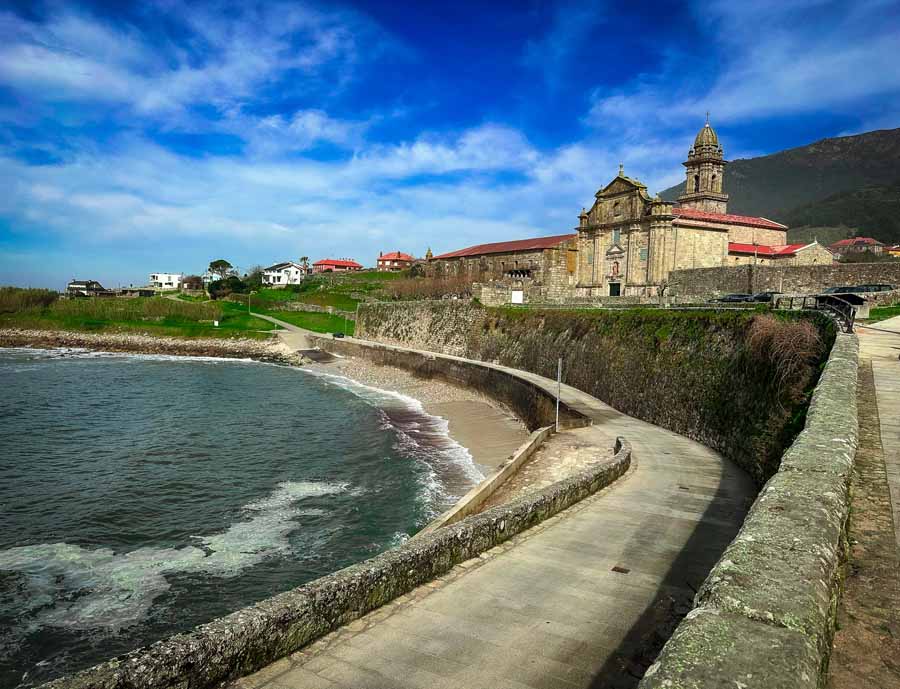
We were able to get into Camping O Muino. and what a result that proved to be. We stayed for three days, using it as a base to explore the area and for chilling. Outstanding campsite.

